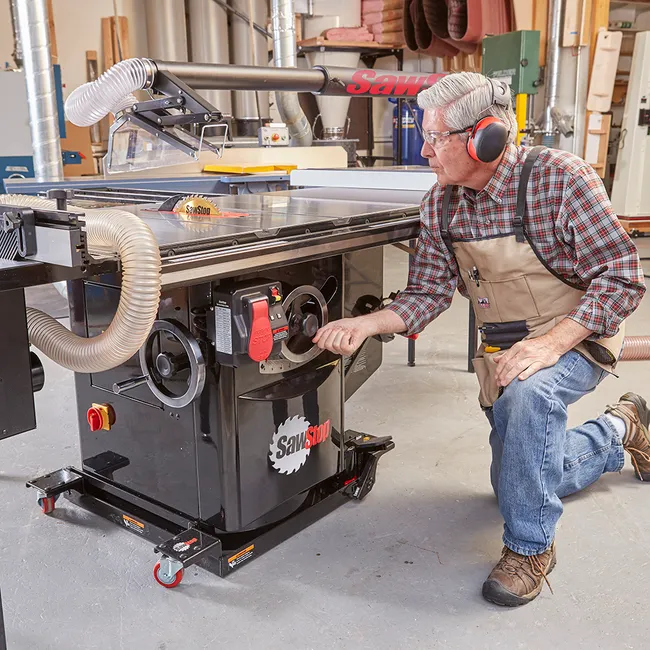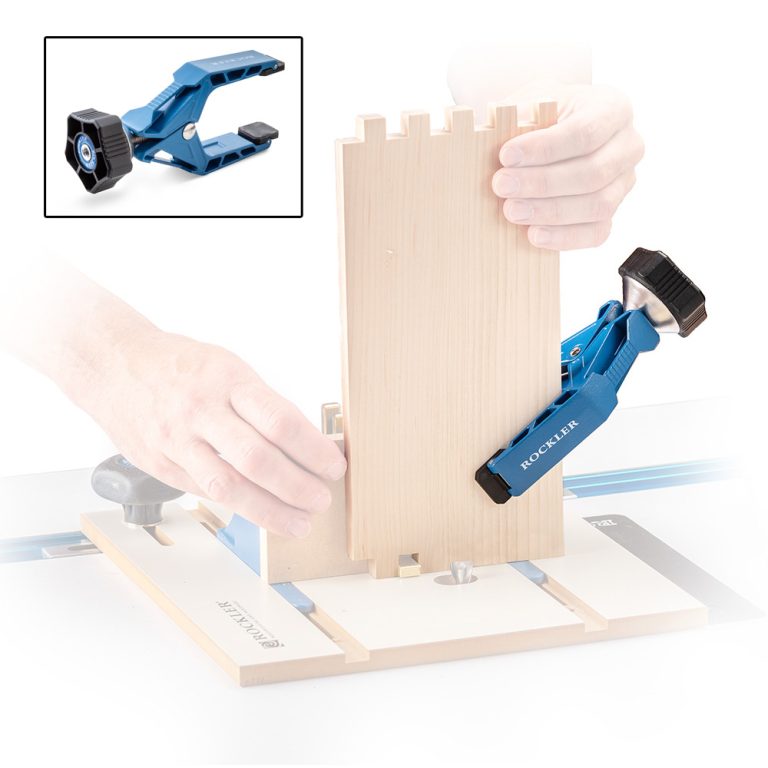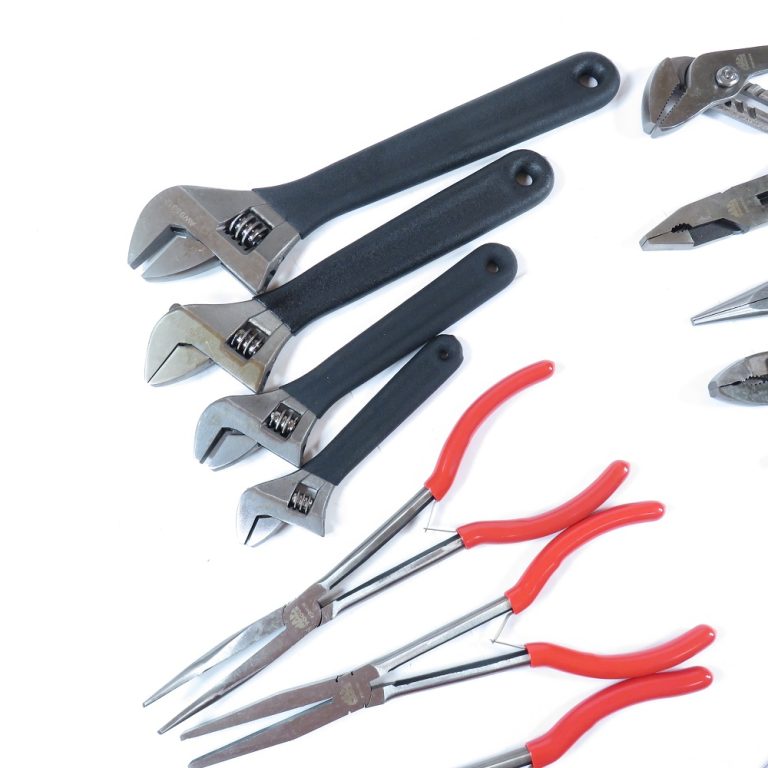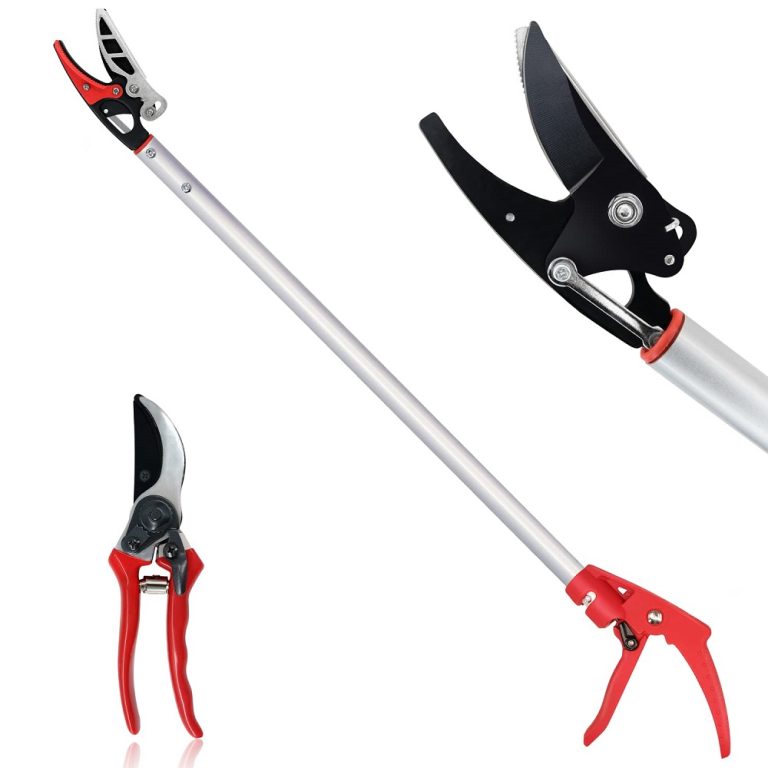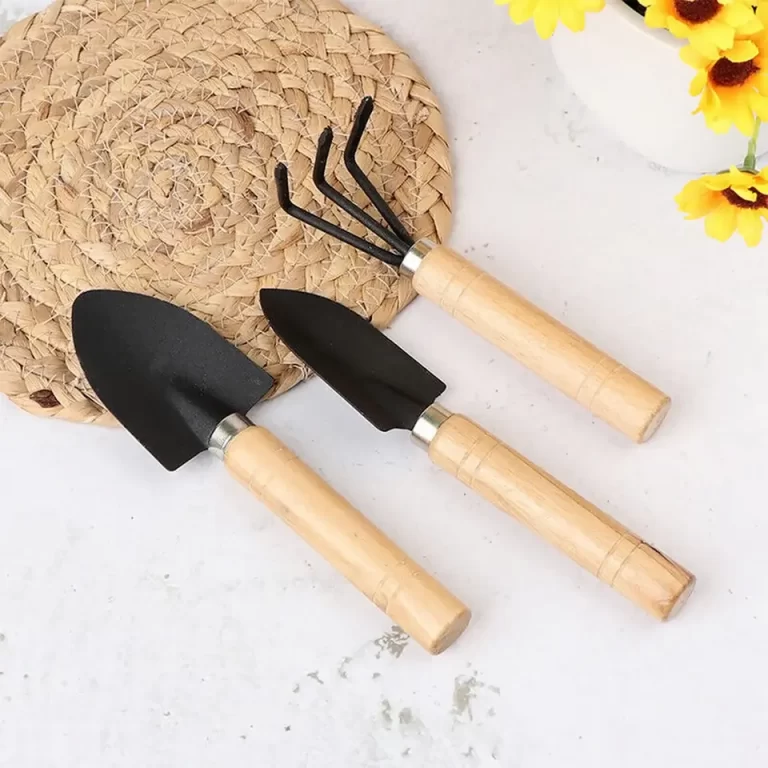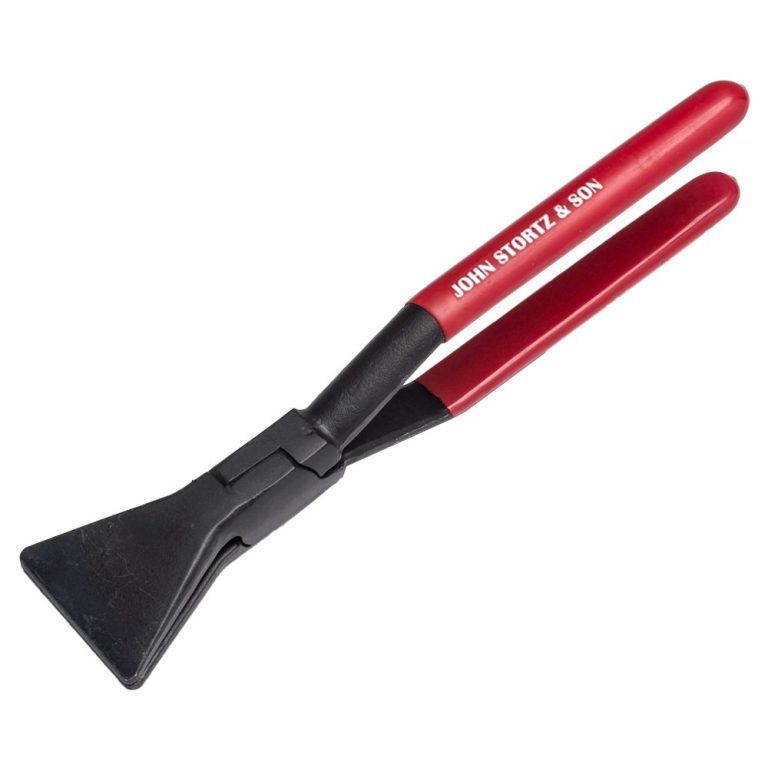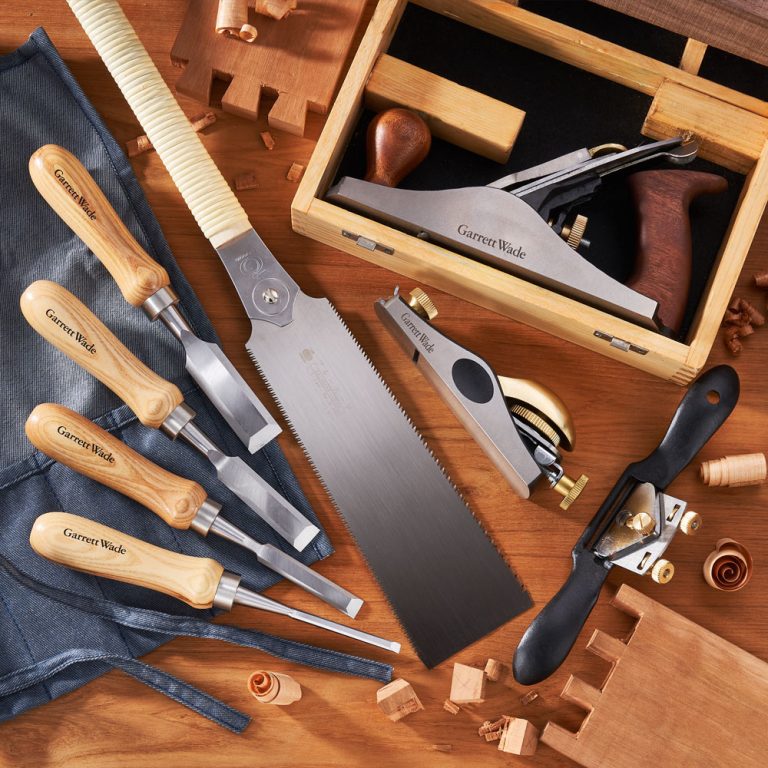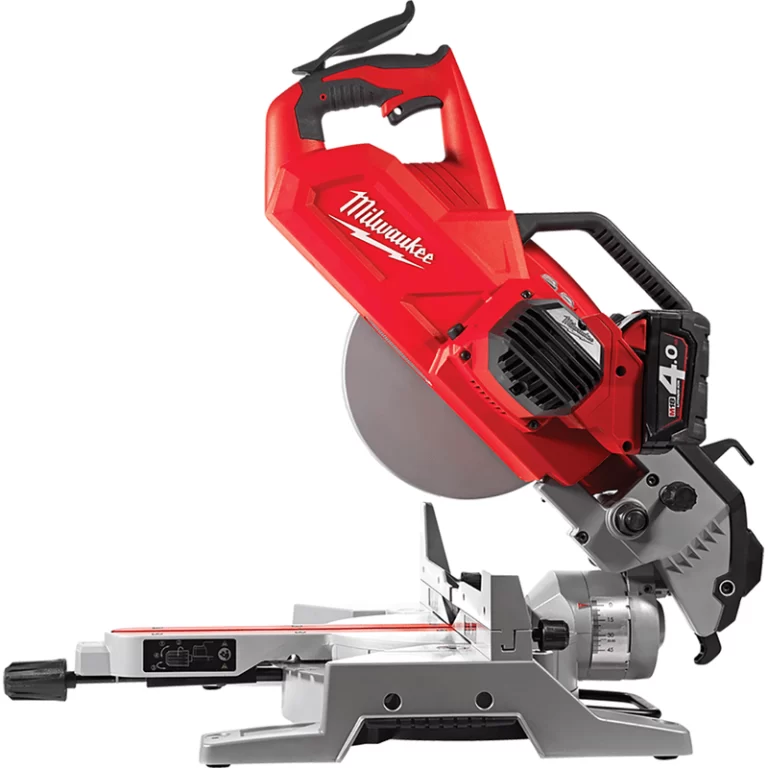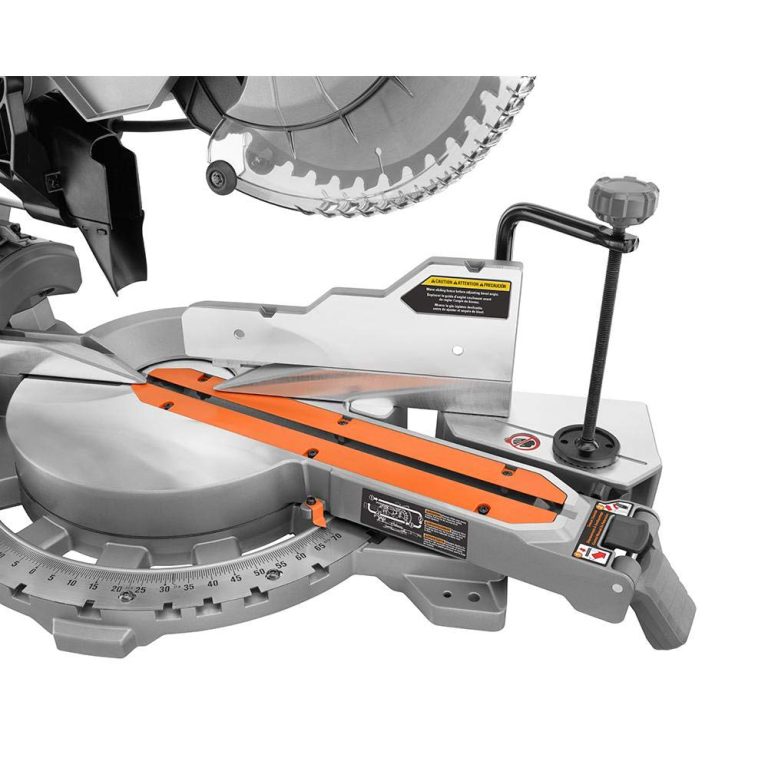Introduction to Cabinet Table Saws
Cabinet table saws are standout tools in any woodworker’s shop. These saws combine power with precision for demanding cuts. A solid cabinet table saw is the heart of the workshop. It offers stability and durability that contractor saws cannot match.
Knowing about cabinet table saws is essential for any serious woodworker or hobbyist. These saws feature a heavy base made of metal. This minimizes vibration and improves accuracy. The motor is encased within the cabinet, which reduces noise and dust. A good table saw has a smooth and flat table surface. The surface supports the wood as it passes the blade. High-quality fence systems guide cuts with ease. Table extensions provide room for larger projects.
Professionals highly favor cabinet table saws for their robust construction. These saws can handle heavy and repeated use. The internal mechanics are designed for quick adjustments and accurate settings. This ensures every cut is as precise as the last. With proper care, these saws last for many years. They are an investment in efficiency and precision for any woodworking project. Choose wisely to make an impact in your shop’s capability.

Essential Features to Consider
When searching for the ideal cabinet table saw, several features are critical. Start by assessing the power of the motor. Strong motors handle tough cutting jobs. They need to match the types of woods and the projects you undertake.
Next, look at the saw’s blade. A high-quality blade delivers clean, precise cuts. Consider the blade’s size and adjustability. Bigger blades cut thicker materials, while adjustability caters to angled cuts.
The saw’s fence system is another vital feature. It should be sturdy and easy to adjust. A reliable fence ensures straight, uniform cuts every time. Think about the fence’s length as well. It should accommodate the width of the materials you use.
Dust collection is also key for a clean workspace. Good dust collection systems keep the air and your shop cleaner. This feature also affects your health and the saw’s maintenance.
Don’t forget about the size and stability of the table. It should offer ample space and support for large projects. Moreover, a stable table mitigates vibration for more accurate cuts.
Lastly, consider the saw’s miter gauge. It allows for precise angled cuts. A miter gauge should be adjustable and easy to read. This makes for swift changes between cuts.
Choose a saw with these essential features to elevate your woodworking. It will improve both the quality of your projects and your satisfaction as a craftsperson.
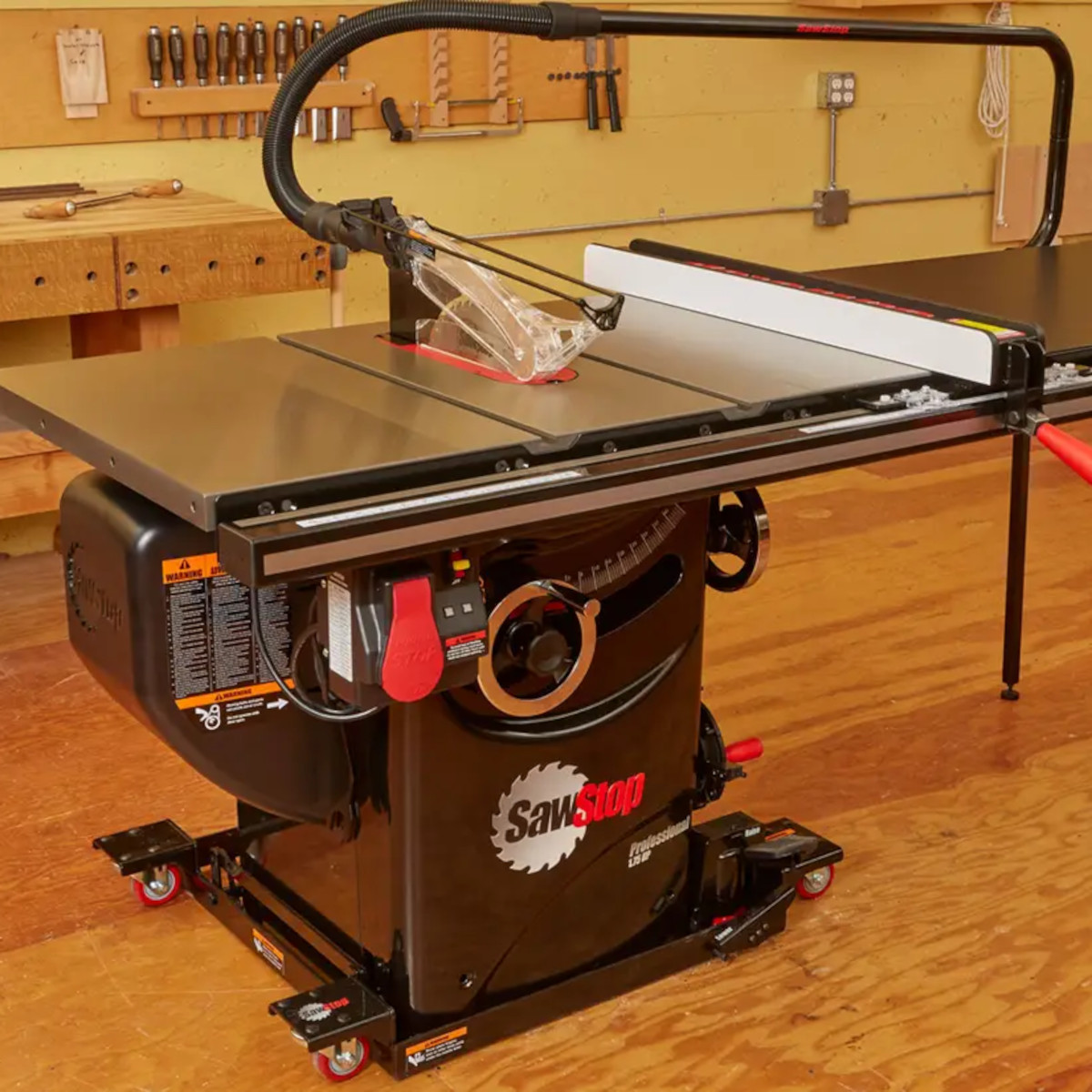
The Importance of Power and Performance
Quality cabinet table saws come with high-powered motors. These motors need to tackle various kinds of wood, including hardwoods. The saw’s power directly impacts its performance. Choose a motor that won’t bog down during intense cuts. Look for horsepower (HP) ratings when evaluating power. A minimum of 1.5 to 2 HP is suitable for most tasks. But, for harder woods or frequent use, aim for 3 HP or more.
Performance hinges on power but also on the saw’s other features. A well-balanced saw reduces the chances of error. Precise cuts depend on a stable, vibration-free operation. Moreover, an effortless performance eases the workload on the user. It boosts productivity and craftsmanship quality. In addition, the right power enables smooth, burn-free cuts. This is vital for a professional-looking finish.
Always align the saw’s power with your needs. If you do light work, a lower-power saw may be sufficient. For heavier tasks, invest in a saw with more power. Remember, it’s not just about the present needs. Consider future projects that may require more from your saw. Think longevity and versatility when deciding on power and performance. This approach will serve you well in the woodworking journey.
Safety Features in Cabinet Table Saws
Safety is a top priority when working with cabinet table saws. These powerful tools come equipped with various features designed to keep the user secure. Understanding these safety components is crucial before making a purchase.
- Blade Guards: A blade guard covers the saw’s blade. This reduces the risk of accidental contact. Always check that the blade guard is sturdy and easy to see through.
- Riving Knives: Riving knives prevent kickback. This is when the wood pinches the blade and shoots back towards the operator. A good riving knife moves with the blade’s adjustments.
- Anti-Kickback Pawls: Attached to the riving knife, pawls offer added kickback protection. They have teeth that grab onto the wood if it starts to kick back.
- Push Sticks and Push Blocks: Use these tools to move the wood through the saw. This keeps your hands at a safe distance from the blade.
- Emergency Stop: An emergency stop button allows you to quickly cut power to the saw. It should be within easy reach during all operations.
- Magnetic Switch: This feature prevents the saw from automatically restarting after power loss. It helps avoid unexpected accidents.
- Built-in Locks: Locks for the blade height and angle ensure settings do not change inadvertently. This maintains consistency and safety.
In addition to these features, always wear safety glasses and hearing protection. Keep a tidy workspace to reduce the risk of accidents. Regular safety checks and maintenance also contribute to safer use. By ensuring these safety features are present and functional, you protect both your work and yourself. When comparing cabinet table saws, bear in mind these essential safety measures.
Comparing Top Cabinet Table Saw Brands
When it comes to high-quality cabinet table saws, several brands stand out. These are known for their reliability, performance, and long-term durability. Selecting the right brand can be crucial to your woodworking success. Here we compare some of the top brands in the market.
- SawStop: SawStop is famous for its safety technology. Each saw comes with an automatic braking system. This system halts the blade within milliseconds of detecting skin contact. Apart from safety, SawStop saws are robust and precise. They are a favorite among professionals and serious hobbyists.
- Powermatic: With a heritage of quality, Powermatic saws offer heavy-duty construction. They are designed for both power and finesse. Powermatic models usually have a polished look and feel. This brand is ideal for those looking for a trustworthy saw for frequent use.
- Delta: Delta cabinet table saws have been around for a long time. They combine classic designs with modern features. Delta saws are often highlighted for their durability and are a solid choice for many woodworkers.
- Grizzly: Grizzly industrial offers a range of saws catering to different needs. Their cabinet table saws are known for providing good value. They deliver power suitable for various projects without breaking the bank. Grizzly is a go-to brand for many starting their woodworking journey.
- Jet: Jet saws have a reputation for user-friendly features. Their fences and tables are built to ensure precision. Jet saws often come with convenient additions like built-in dust collection ports.
Remember to check each brand for the essential features discussed earlier. Compare their motor power, safety features, dust collection systems, and the quality of their fence and miter gauge. Make sure to look at warranty and customer service offerings too. Choosing the brand that aligns with your specific needs will ensure a satisfactory purchase and efficient woodworking.

Maintenance and Upkeep for Longevity
Proper maintenance is key for your cabinet table saw’s longevity. Regular care prolongs the saw’s life and ensures reliable performance. Here are vital upkeep tips to follow:
- Cleanliness: Dust and debris can harm your saw’s mechanics. Clean your saw after each use. Wipe the table, clear the dust chute, and vacuum inside the cabinet.
- Lubrication: Parts that move need lubrication. Use appropriate oils or grease as advised by the manufacturer. This reduces wear and tear.
- Alignment Checks: Regularly check that the blade aligns with the miter slots. This avoids inaccuracies and potential issues with your cuts.
- Blade Inspection: Inspect blades for dullness or damage. A sharp blade is crucial for clean cuts. Replace or sharpen blades as necessary.
- Belt Tension: If your saw has a drive belt, check its tension. A loose belt can affect the saw’s power and performance.
- Fence and Miter Gauge: Ensure the fence and miter gauge are in good condition. Make adjustments if they’re not sliding smoothly or locking securely.
By committing to routine maintenance, you extend your cabinet table saw’s lifespan. More importantly, you guarantee its readiness for any project. Incorporate these practices into your workshop routine for best results.
Budget Considerations for Purchasing
When choosing a cabinet table saw, your budget is a major factor. Here’s how to balance cost and needs:
- Evaluate Your Requirements: Consider the level of woodworking you do. Start with your most common projects. Match the saw features to these needs, not the other way around.
- Investment vs. Expense: View a cabinet table saw as a long-term investment. A higher upfront cost can save you money on future repairs or replacements.
- Quality Over Price: Don’t let the price tag be your only guide. Lower-priced saws may lack in safety or accuracy. This could end up costing more in the long run.
- Plan for Extras: Remember to account for additional blades, maintenance tools, and potential repairs.
- Research Financing: Some brands offer payment plans or financing options. Explore these to spread out the cost.
- Keep an Eye on Deals: Wait for sales or discounts on top brands. This might help you secure a higher-quality saw at a more affordable price.
With these tips, your budget won’t hold you back from finding the right cabinet table saw. Aim for the best value within your price range. It’s about making a smart purchase that meets both your current and future woodworking demands.

Final Tips for Making Your Selection
When you’re ready to pick out a cabinet table saw for your workshop, keep these final tips in mind:
- Assess Your Long-Term Goals: Think about the projects you plan to tackle in the future. Choose a saw that will grow with your skills and workshop needs. A versatile and powerful saw is a smart choice.
- Check Reviews and Testimonials: Look for feedback from other woodworkers. User experiences can highlight a saw’s real-world performance and reliability.
- Don’t Skip on Quality: Invest in a well-crafted saw with a strong track record. It pays off in the accuracy and smoothness of your projects.
- Test the Saw If Possible: If you have the chance, try before you buy. See how the saw feels, listen to it run, and check the ease of adjustments.
- Consider the Workspace: Measure your workshop space. Make sure the saw you choose will fit comfortably, with room to work around it.
- Keep Safety in Mind: Ensure your final choice has the necessary safety features. This not only protects you but also ensures confidence while you work.
By taking these points into account, you’ll be well-equipped to make an informed choice. A cabinet table saw is a big investment, but with the right research, it can be a game-changer for your woodworking projects.
